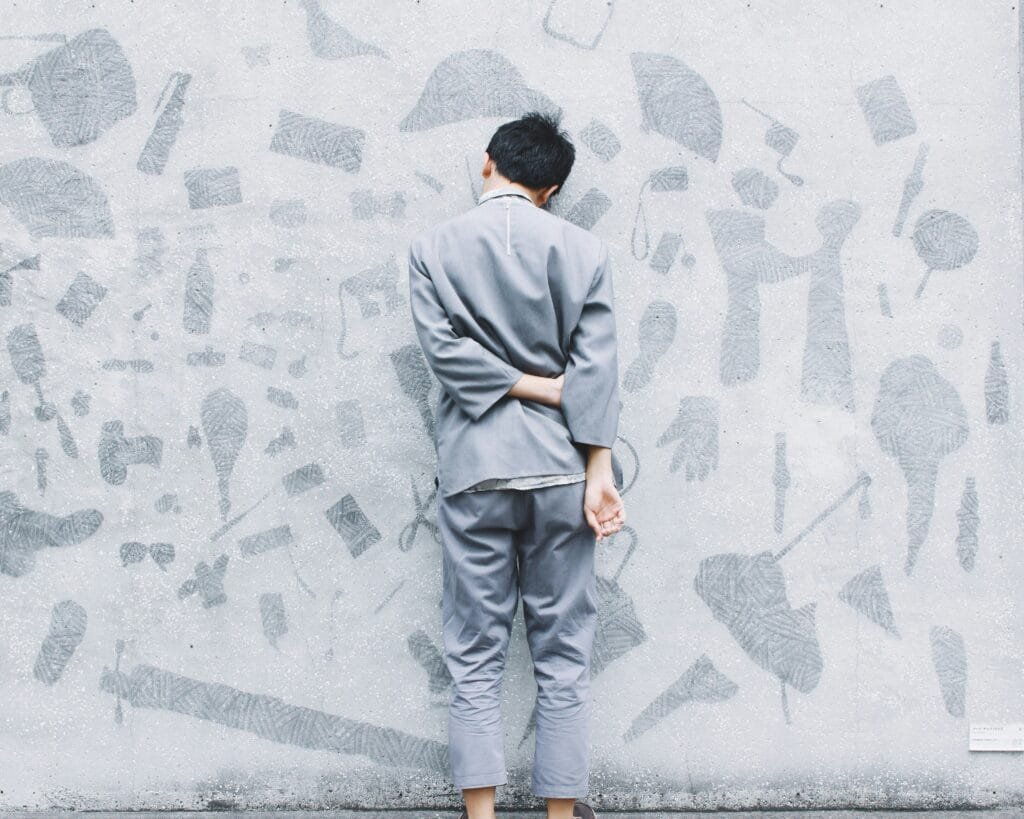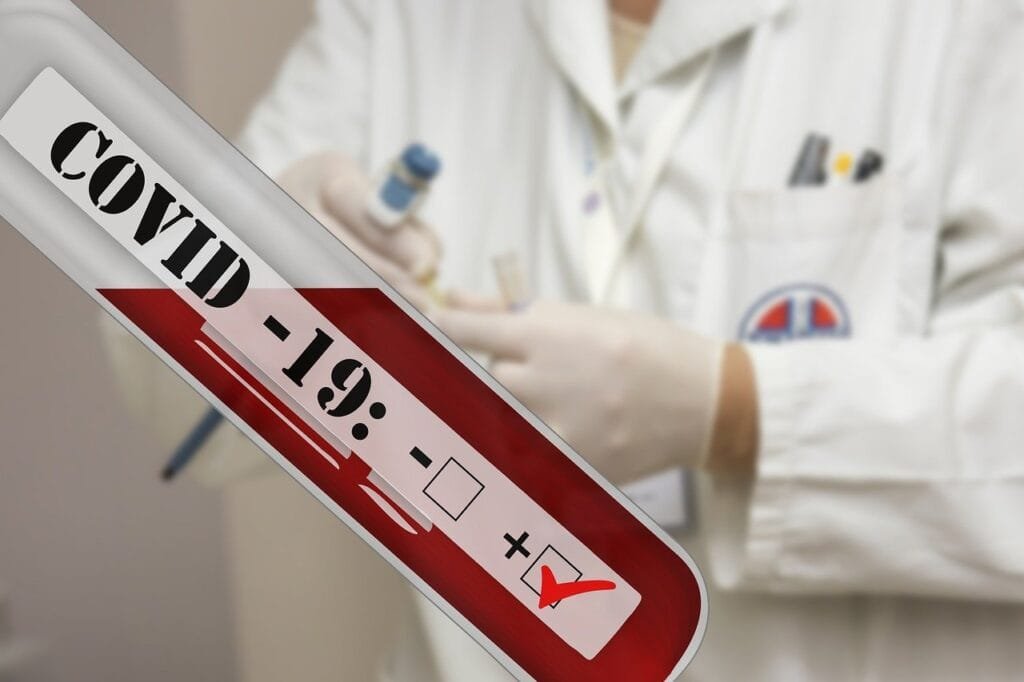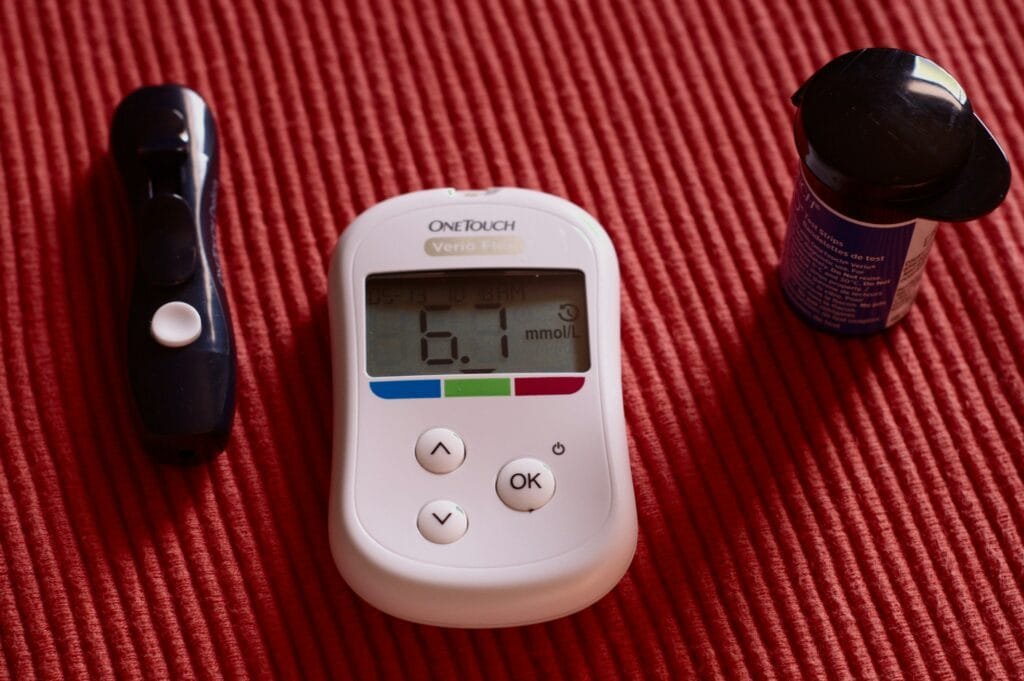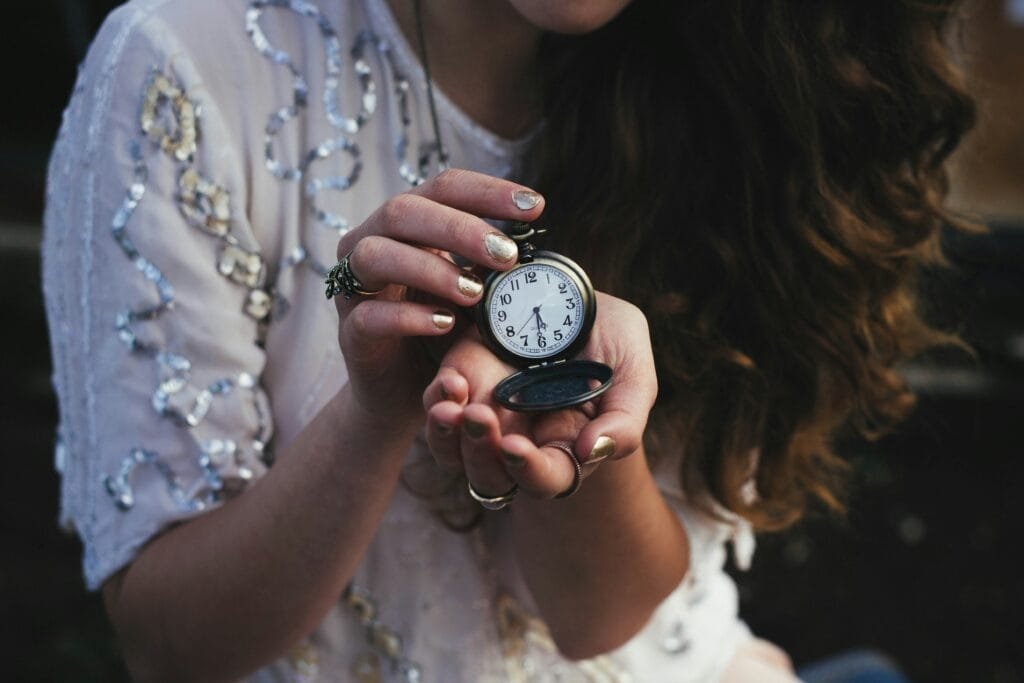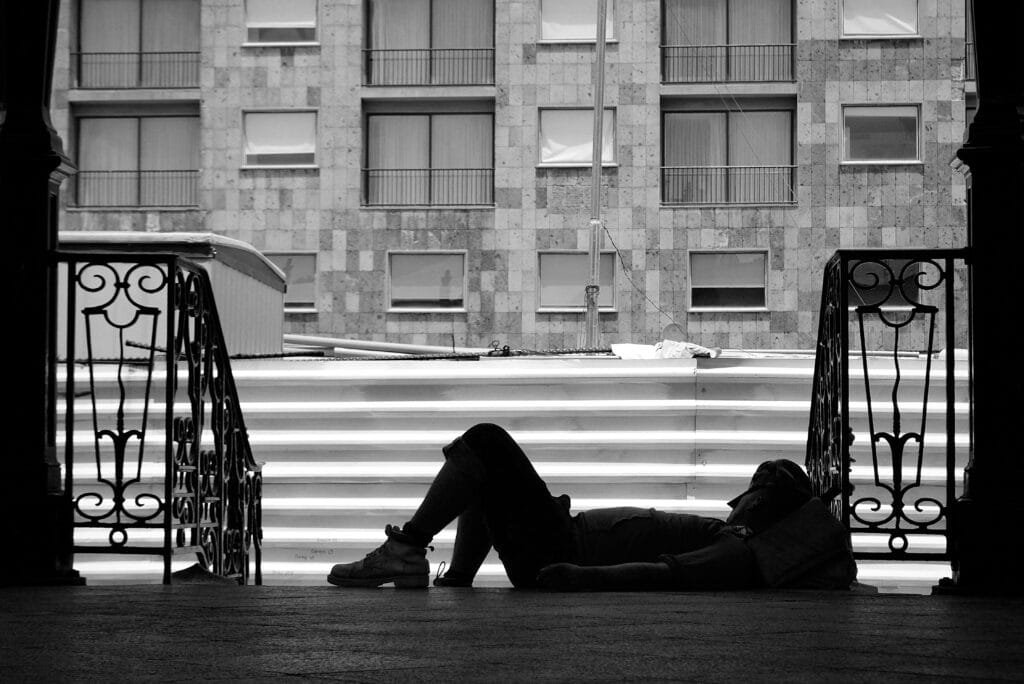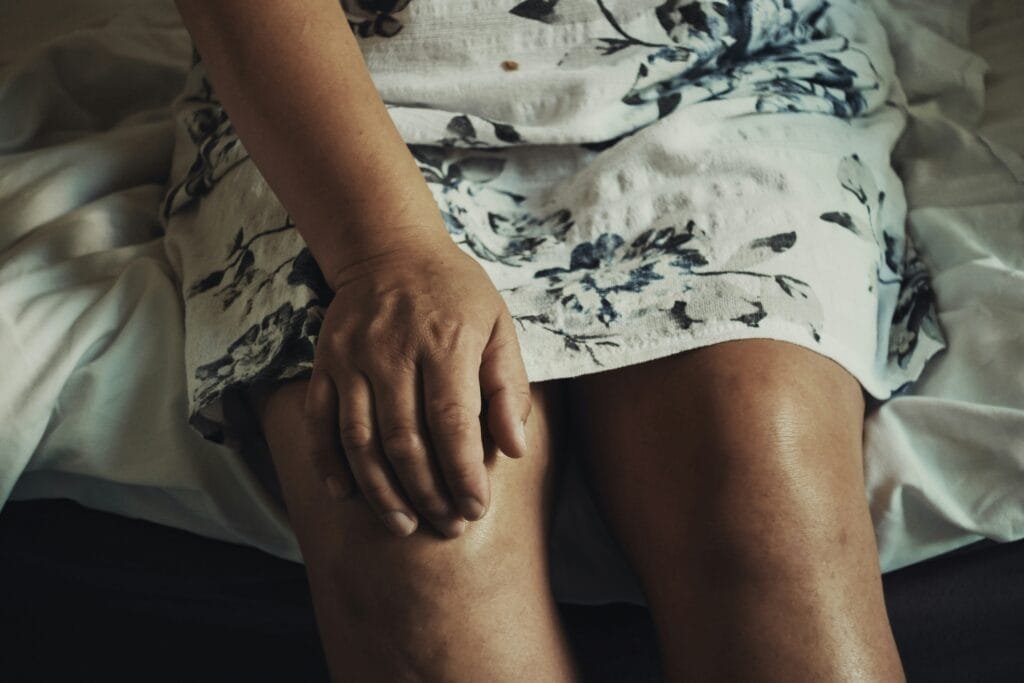💊 Do not rely solely on online content for diagnosis or treatment.
📜 Information here is provided “as is” without any warranties.
Ah, Valentine’s Day. The holiday of chocolates, roses, and grand romantic gestures. But beyond the clichés and heart-shaped everything, there’s something far more fascinating at play: the science of how physical affection literally makes us healthier. Yep, those hugs, kisses, and cozy cuddles aren’t just sweet—they’re medicine.
But before we dive into the lovey-dovey stuff, let’s address the elephant in the room…

The Dark Truth About Valentine’s Day
Let’s be real: Valentine’s Day isn’t all candlelit dinners and swoon-worthy moments. For many, it’s a day riddled with pressure, loneliness, or even resentment. The obligation to perform romance, the flood of social media perfection, and the sting of feeling left out can overshadow the day’s intent. Studies show that holidays like Valentine’s Day can exacerbate feelings of isolation for singles or those in strained relationships. Worse, the commercialization of love—think $200 prix-fixe menus and overpriced bouquets—can make affection feel transactional rather than genuine.
But here’s the twist: the antidote to this “dark truth” might lie in the very thing Valentine’s Day aims to celebrate—authentic, physical connection. Let’s explore why.
Why Your Body Craves a Good Hug
Physical affection isn’t just a “nice-to-have”—it’s a biological necessity. From lowering blood pressure to boosting immunity, science reveals that touch is a powerhouse for health. Here’s how it works:
1. Your Heart Loves Love (Literally)
Hugging, kissing, or even holding hands triggers the release of oxytocin, aka the “cuddle hormone.” This magical chemical doesn’t just warm your soul; it lowers blood pressure and reduces stress on your cardiovascular system. In fact, couples who engage in regular physical affection have a lower risk of heart disease—proof that love really can heal.
2. Immunity Boosters, No Pharmacy Needed
Feeling under the weather? Skip the cold medicine and grab your partner instead. Affectionate touch increases production of antibodies and white blood cells, thanks to oxytocin’s anti-inflammatory properties. Research from UAB Medicine found that people in loving relationships recover faster from illnesses. Who knew snuggling was better than vitamin C?
3. Pain Relief? Yes, Please
A 20-second hug can do more than a Tylenol. Physical touch releases endorphins, your body’s natural painkillers. One study showed that holding a partner’s hand during pain reduces discomfort by up to 34%. So next time you have a headache, skip the meds and try a massage.
4. Sleep Like a Baby (Even If You’re Not One)
Cuddling before bed isn’t just romantic—it’s practical. Oxytocin promotes relaxation and improves sleep quality by reducing cortisol (the stress hormone). Plus, the sense of security from physical closeness helps combat insomnia.
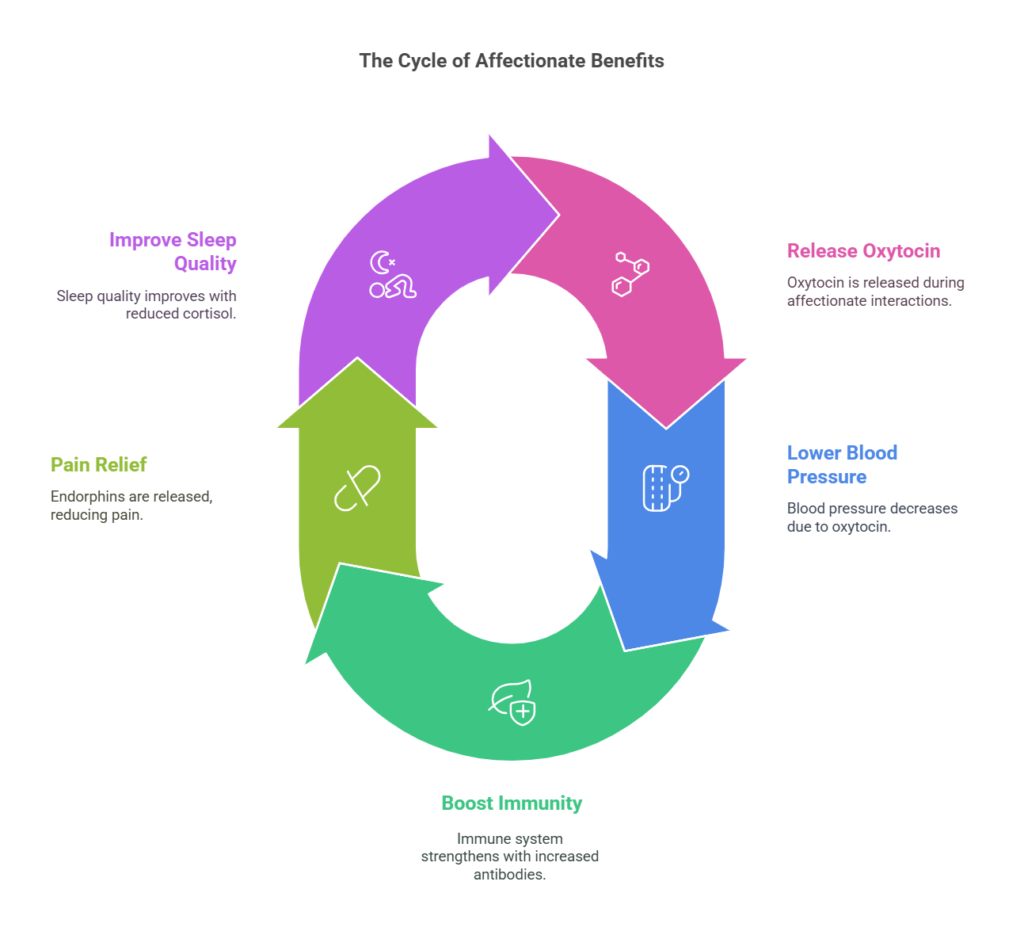
Physical Affection vs. Touch Deprivation: A Stark Comparison
Let’s break it down visually. Here’s how regular physical affection stacks up against its absence:
Physical Affection Comparison
| Aspect | With Physical Affection | Without Physical Affection |
|---|---|---|
| Stress Levels | Lower cortisol; calmer nervous system | Higher anxiety; chronic stress |
| Immune Response | Stronger antibody production | Increased vulnerability to illness |
| Heart Health | Reduced blood pressure; lower heart disease risk | Higher cardiovascular strain |
| Mental Health | Lower rates of depression; improved mood | Higher risk of loneliness and anxiety |
| Pain Tolerance | Elevated endorphins; natural pain relief | Greater sensitivity to pain |
This table isn’t just data—it’s a wake-up call. Humans are wired for connection, and when we lack it, our bodies and minds suffer.
The Brain Chemistry of a Kiss
Ever wonder why a kiss feels so electric? It’s not just romance—it’s neuroscience. When you lock lips, your brain lights up like a Christmas tree:
- Dopamine (the “reward” chemical) surges, creating feelings of pleasure.
- Serotonin stabilizes mood, combating anxiety.
- Oxytocin deepens emotional bonding.
But it’s not just about kissing. Even non-romantic touch—like a friend’s hug or a pet’s nuzzle—triggers similar benefits. During the COVID-19 pandemic, touch deprivation spiked rates of loneliness, proving how vital casual contact is.
How to Hack Valentine’s Day for Healthier Relationships
Valentine’s Day doesn’t have to be stressful or superficial. Use it as a reminder to prioritize meaningful connection:
- Swap grand gestures for micro-moments: A 10-second hug daily beats a yearly fancy dinner.
- Cook a heart-healthy meal together: Think salmon, dark chocolate, and red wine (all linked to cardiovascular benefits).
- Try a “touch audit”: Are you getting enough platonic hugs? If not, schedule a friend hangout.

Final Thought: Love Is a Verb (And a Prescription)
Valentine’s Day might have its flaws, but its core message holds truth: love heals. Whether you’re coupled, single, or “it’s complicated,” prioritize physical affection—it’s free, accessible, and scientifically proven to boost your health.
So this February 14th, skip the pressure. Instead, hug someone you care about, call a friend, or even pet your dog. Your body—and heart—will thank you.
People also ask
Is Valentine’s Day a dark holiday?
Valentine’s Day is often seen as a celebration of love, but its origins have a darker side. It is linked to the ancient Roman festival Lupercalia, which involved rituals, sacrifices, and matchmaking. Over time, it evolved into a commercialized holiday, sometimes creating pressure and unrealistic expectations around love.
Why is Valentine’s Day celebrated?
Valentine’s Day is celebrated to honor love and affection between partners, influenced by both Christian and Roman traditions. It is associated with Saint Valentine, who was said to have performed secret marriages for soldiers forbidden to wed. Today, it is widely recognized as a day for exchanging gifts, cards, and expressions of love.
Where did Valentine’s Day come from?
Valentine’s Day has roots in both ancient Roman and Christian traditions. It evolved from Lupercalia, a fertility festival held in mid-February, and later became associated with Saint Valentine, a Christian martyr. Over centuries, it transformed into the romantic holiday we know today.
What is the dark history behind Valentine’s Day?
The dark history of Valentine’s Day traces back to Lupercalia, a violent Roman festival involving animal sacrifices and matchmaking. Additionally, Saint Valentine’s execution on February 14th adds to its grim past. The holiday has since been romanticized, but its origins were far from the love-filled celebrations of today.
What does Valentine’s Day look like?
Valentine’s Day is often marked by romantic gestures such as gift-giving, candlelit dinners, and heartfelt messages. Shops and restaurants decorate with red and pink themes, featuring roses, chocolates, and heart-shaped decorations. While couples celebrate love, some people also observe the day by expressing appreciation for friends and family.
Is Valentine’s Day primarily a romantic day?
Yes, Valentine’s Day is primarily associated with romance, but it has expanded to include other forms of love. Many people celebrate friendships (Galentine’s Day), family bonds, and self-love. While couples exchange gifts and plan special dates, others use the day to spread kindness and appreciation beyond romantic relationships.
References embedded in-text. For more on the science of touch, explore The Conversation or UAB Medicine’s heart health tips.
💊 Do not rely solely on online content for diagnosis or treatment.
📜 Information here is provided “as is” without any warranties.

